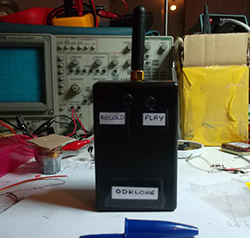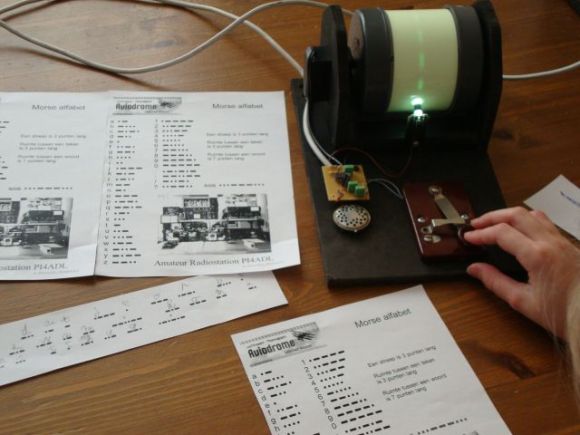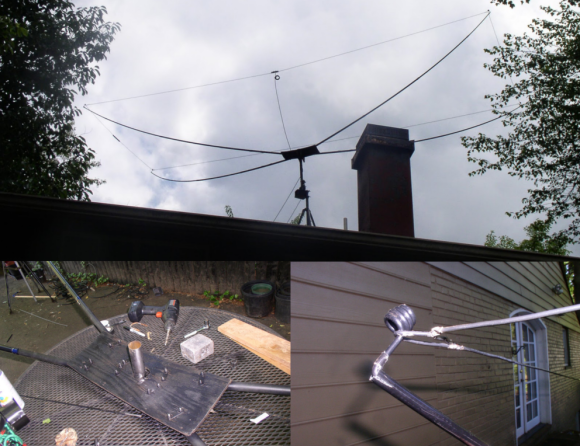What do you get when you combine one of the best (and certainly one of the best for the price) software defined radios with the user interface of a 10-year-old iPod? The HackRF PortaPack, developed by [Jared Boone], and demonstrated at DEFCON last weekend.
[Jared] is one of the original developers for the HackRF, a 10MHz to 6GHz software defined radio that can also transmit in half duplex. Since the development of the HackRF has (somewhat) wrapped up, [Jared] has been working on the PortaPack, an add-on for the HackRF that turns it into a portable, ARM Cortex M4-powered software defined radio. No, it’s not as powerful as a full computer running GNU Radio, but it does have the capability to listen in on a surprising amount of radio signals.
Because [Jared] is using a fairly low-power micro for the PortaPack, there’s a lot of tricks he’s using to get everything running smoothly. He gave a lightning talk at the Wireless Village at DEFCON going over the strengths and weaknesses of the chip he’s using, and surprisingly he’s using very little floating point arithmetic in his code. You can check out the video for that talk below.

 The first generation of The Internet Of Things™ and Home Automation devices are out in the wild, and if there’s one question we can ask it’s, “why hasn’t anyone built a simple cracking device for them”. Never fear, because [texane] has your back with
The first generation of The Internet Of Things™ and Home Automation devices are out in the wild, and if there’s one question we can ask it’s, “why hasn’t anyone built a simple cracking device for them”. Never fear, because [texane] has your back with 















